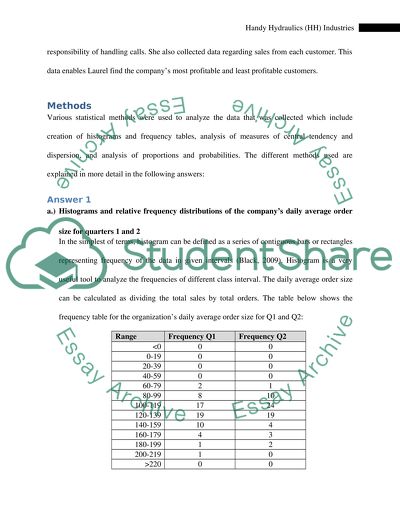Cite this document
(“Business Data Analysis Essay Example | Topics and Well Written Essays - 3500 words”, n.d.)
Retrieved from https://studentshare.org/environmental-studies/1419712-business-data-analysis
Retrieved from https://studentshare.org/environmental-studies/1419712-business-data-analysis
(Business Data Analysis Essay Example | Topics and Well Written Essays - 3500 Words)
https://studentshare.org/environmental-studies/1419712-business-data-analysis.
https://studentshare.org/environmental-studies/1419712-business-data-analysis.
“Business Data Analysis Essay Example | Topics and Well Written Essays - 3500 Words”, n.d. https://studentshare.org/environmental-studies/1419712-business-data-analysis.


